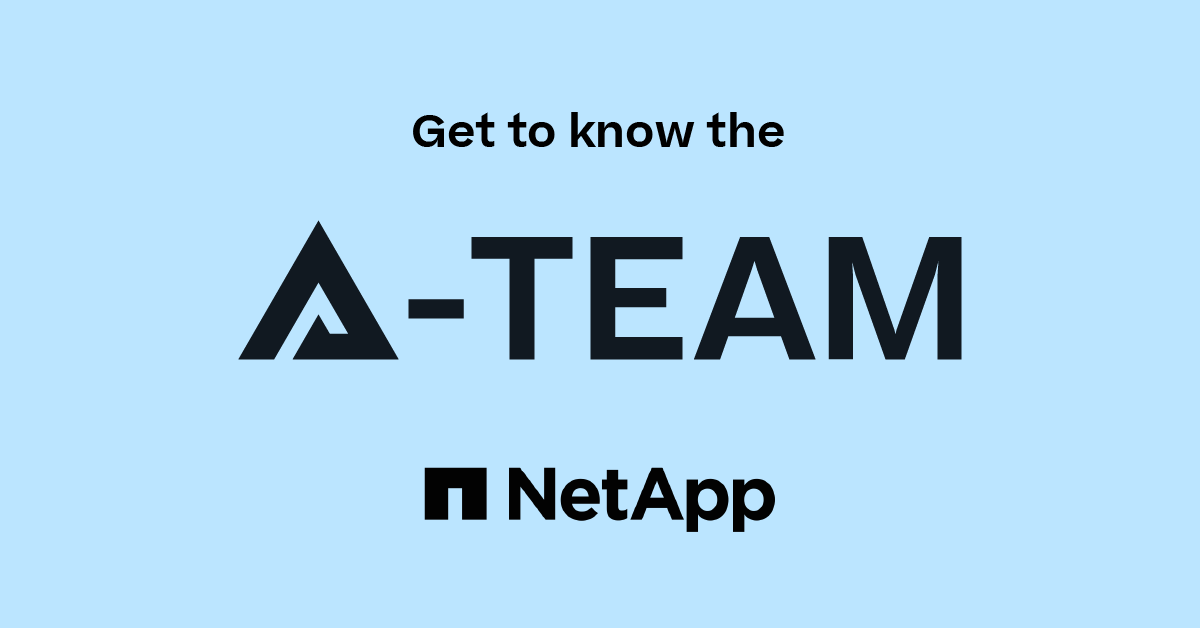Active IQ Unified Manager Discussions
- Home
- :
- Active IQ and AutoSupport
- :
- Active IQ Unified Manager Discussions
- :
- Can't reach WEB UI when on WiFi
Active IQ Unified Manager Discussions
- Subscribe to RSS Feed
- Mark Topic as New
- Mark Topic as Read
- Float this Topic for Current User
- Bookmark
- Subscribe
- Mute
- Printer Friendly Page
- Mark as New
- Bookmark
- Subscribe
- Mute
- Subscribe to RSS Feed
- Permalink
- Report Inappropriate Content
Hi Guys,
When I am on our internal WiFi, I'm unable to hit the NetApp Web UI. However, I can hit our other internal resources. Is there some sort of rule/restriction on the NetApp? Wireless or Hard Wired, I am on the same subnet.
Solved! See The Solution
- Mark as New
- Bookmark
- Subscribe
- Mute
- Subscribe to RSS Feed
- Permalink
- Report Inappropriate Content
Your client IP is 10.150.54.84 with a subnet mask of 255.255.252.0, or /22 - this means that according to your client, every IP within 10.150.52.1 to 10.150.55.254 is "local" - it can talk to it directly, no router needed.
Your NetApp system's cluster management LIF is 10.150.52.13, with a subnet mask of 255.255.255.0 or /24, which means according to the NetApp system, only IPs in 10.150.52.1-10.150.52.254 are local, everything else needs to go through a router.
So in this configuration, your client is attempting to talk directly to the NetApp, but your NetApp will only talk to your client through a router. Only one of these systems can be correct.
If you really have a /22 subnet, then the NetApp's configuration needs to be changed. If you only have a /24, then the client's configuration needs to be changed. For the NetApp, you would likely run the "network interface modify" command (manual page here) to change the subnet mask - either via command line or GUI. For the client, you would change your DHCP server or local interface config.
Hope this helped!
- Mark as New
- Bookmark
- Subscribe
- Mute
- Subscribe to RSS Feed
- Permalink
- Report Inappropriate Content
Hi there,
No, there aren't any restrictions like that. My guess would be that the subnet mask is wrong on either the cluster/node management LIF of your NetApp system, or less likely, on your client.
Can you ping it?
- Mark as New
- Bookmark
- Subscribe
- Mute
- Subscribe to RSS Feed
- Permalink
- Report Inappropriate Content
unable to ping
- Mark as New
- Bookmark
- Subscribe
- Mute
- Subscribe to RSS Feed
- Permalink
- Report Inappropriate Content
Can you post the output of "network interface show" from your NetApp system, as well as "ipconfig /all" of your system on wireless?
- Mark as New
- Bookmark
- Subscribe
- Mute
- Subscribe to RSS Feed
- Permalink
- Report Inappropriate Content
Wifi
NetApp
- Mark as New
- Bookmark
- Subscribe
- Mute
- Subscribe to RSS Feed
- Permalink
- Report Inappropriate Content
Your client IP is 10.150.54.84 with a subnet mask of 255.255.252.0, or /22 - this means that according to your client, every IP within 10.150.52.1 to 10.150.55.254 is "local" - it can talk to it directly, no router needed.
Your NetApp system's cluster management LIF is 10.150.52.13, with a subnet mask of 255.255.255.0 or /24, which means according to the NetApp system, only IPs in 10.150.52.1-10.150.52.254 are local, everything else needs to go through a router.
So in this configuration, your client is attempting to talk directly to the NetApp, but your NetApp will only talk to your client through a router. Only one of these systems can be correct.
If you really have a /22 subnet, then the NetApp's configuration needs to be changed. If you only have a /24, then the client's configuration needs to be changed. For the NetApp, you would likely run the "network interface modify" command (manual page here) to change the subnet mask - either via command line or GUI. For the client, you would change your DHCP server or local interface config.
Hope this helped!
- Mark as New
- Bookmark
- Subscribe
- Mute
- Subscribe to RSS Feed
- Permalink
- Report Inappropriate Content
ahhh that makes sense. thank you!
- Mark as New
- Bookmark
- Subscribe
- Mute
- Subscribe to RSS Feed
- Permalink
- Report Inappropriate Content
You're welcome - please feel free to click the thumbs up to give kudos for the response, and/or mark the response as correct 🙂


